
What Is Food Allergy?
Food allergy is an acute reaction that presents exaggerated reaction of immune system to some substances from food. Food contains certain proteins that can be recognized as foreign substances by the immune system. In this case, immune system begins to produce defensive substances, such as antibodies called immunoglobulin E. Immunoglobulin E binds to receptors on cells. It causes the release of histamine. These cells are called inflammatory cells and they have a role to promote inflammatory response. Histamine is a substance that causes allergic symptoms. Thus, body defends itself against potentially harmful foreign substances. Allergic symptoms can affect respiratory system, gastrointestinal tract, cardiovascular system and skin.

Allergies To Peanuts Are The Most Dangerous
Peanut allergy can manifest itself as a skin reaction. Also, peanut allergy can manifest itself as digestive discomfort, shortness of breath or runny nose. But, the most important and most dangerous manifestation of peanut allergy is anaphylactic reaction. Anaphylactic reaction is a life-threatening condition. This condition is characterized by a sudden drop in blood pressure. Low blood pressure could endanger function of vital organs, because they do not receive enough blood. Also, there is a narrowing of the small airways and swelling of the tongue and soft tissues of the throat. This can lead to suffocation. If you recognize the symptoms of anaphylaxis, you should immediately contact your doctor.

Your Easter Could Be Dangerous If You Are Allergic To Eggs
Allergy to eggs is most commonly reflected after introduction of eggs into the diet. In the majority of cases, children’s egg allergy disappears until the end of the fifth year. However, egg allergy may occur in adults, too. Eggs contain allergens such as ovalbumin, ovomucoid, ovotransferrin and lysozyme. Allergic reaction usually occurs within a few minutes after intake, but it may occur two to four hours after exposition. In a few cases, eggs could cause anaphylaxis, a life-threatening condition. Symptoms of egg allergy include: sneezing, itchy skin, urticaria, inflammation of the eyelids and conjunctivitis, swelling of the lips and tongue, nausea, asthma, abdominal pain, vomiting etc.

Beware Of Seafood
Seafood allergy is a common occurrence. Allergic reactions are ranked from mild symptoms to life-threatening systemic anaphylaxis. Seafood proteins that cause allergic reactions are not completely identified. But, it is known that seafood allergens are often resistant to heat treatment. You are probably allergic to seafood if you notice changes in skin, runny nose, digestive problems, swelling or suffocation after seafood intake. People with predisposition to allergy should avoid crabs, lobsters and shrimp, because these foods are the most frequent causes of allergies. Shellfish is the third most important cause of anaphylaxis (after peanuts and tree nuts). Therefore, people should be careful, especially when shellfish is taken for the first time.
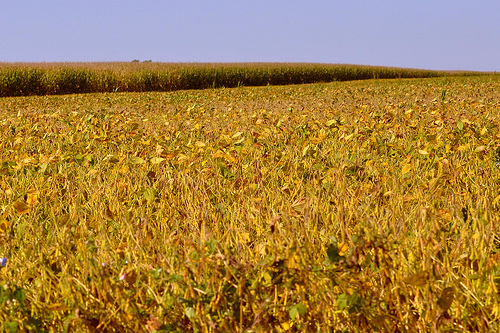
One Of The Most Difficult Allergies To Discover Is Soy Allergy
Allergy to soy is a common occurrence. In most of cases, allergic reactions to soy are mild, so it is difficult to detect them as allergy manifestation. Allergy is usually manifested as itching, flushing, hives, nausea, vomiting or diarrhea etc. However, even soy can certainly cause a severe reaction, such as suffocation and anaphylactic reactions. Cross-reactions with milk, legumes and other groceries are frequent phenomenon. This means that person, who is allergic to protein from soy, develops allergic reaction to the same protein found in milk, legumes etc. This is another reason why it is difficult to identify soy allergy.
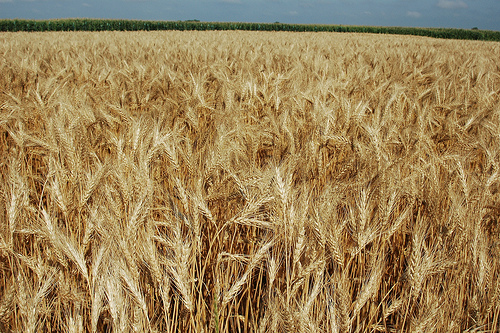
Wheat Allergy Is The Most Common Within Children
Wheat allergy is frequent in children and less common in adults. Typical reactions are hives, difficult digestion, allergic rhinitis, asthma and in the worst case, anaphylactic shock. The proteins in wheat that commonly cause allergy are gliadin and glutenin. Avoidance of wheat proteins is not easy, because many groceries contain wheat, such as bread, biscuits, cereals and pasta. Also, many apparently safe products, such as ice cream and ketchup, may contain wheat. In addition, wheat allergy is often equated with sensitivity to gluten. The major difference is that allergies can cause much more severe symptoms than usual sensitivity to gluten.

Tree Nuts Come In Many Forms, And If Allergic Can Be Very Dangerous
The group of tree nuts includes almonds, pine nuts, Brazil nuts, hazelnuts , pecans, cashews, chestnuts, macadamia nuts and pistachios. Allergy to tree nuts usually appears between 2 to 4 years of age. In most cases, allergy to tree nuts lasts a lifetime. It is caused by several proteins, but the most common allergens are albumin and vicilin. Nuts are one of the most frequent causes of severe allergic reactions, such as anaphylactic shock. Other typical symptoms include nausea, pain in the lower abdomen, skin reactions, asthma, coughing and roughness. Tree nuts can be found in chocolate, biscuits and pastries. But, also they can be located in pasta, honey, cereals, salad dressings etc.

Many Dairy Products Can Cause Allergies, Especially Milk
Milk allergy is the most frequent food allergy in children. Also, it is a common occurrence in adults. Cow's milk has about twenty proteins that can cause an allergic reaction. The most frequently cause of allergy is alpha-s1-casein. Allergic reactions could be ranked from mild symptoms to life-threatening reaction. It is recommended that people, who suffer from milk allergy, completely avoid milk and dairy products. They should drink soy milk or rice milk instead of cow milk. Also, they should eat yogurt, cheese and chocolate that do not contain milk. Allergic people should avoid products that contain a small percentage of milk proteins (e.g. chocolate, biscuits, cereal, processed and canned meat).

How To Identify Food Allergies
If you recognize symptoms mentioned earlier after eating certain foods, you have every right to suspect you have a food allergy. The most common manifestations of food allergy are: diarrhea, nausea, vomiting, skin changes (redness, eczema etc.), swelling of the face, swelling of eyelids and tongue, choking, wheezing, sudden drop in blood pressure etc. Allergic reaction usually occurs after an intake of small amounts of food. If it's an acute reaction, it usually occurs within a few minutes after food intake. Allergy diagnosis is simple - it involves a prick test and a blood test. Liquid droplets of allergen are placed on the skin after pricking of skin with needle. Protrusions greater than 3 mm will gradually appear if a person is allergic. Blood test includes searching for antibodies (e.g. immunoglobulin E), that are initiators of allergic reactions.

Allergy And Treatment Methods
Usually, children who are allergic to some food allergy overcome that allergy. However, if people remain allergic for a lifetime, then treatment involves avoiding foods that contain potential allergens. Sometimes, it is impossible to avoid the allergen, because it is widespread in foods. In this case, one possible solution is pharmacotherapy. Antihistamines are drugs that relieve allergy symptoms. Antihistamines are used if person comes into accidental contact with allergen. These drugs prevent the effects of histamine. And, it is well-known that histamine plays a major role in the development of allergic reactions. Also, short-term use of corticosteroids has its place in the treatment of allergy. Finally, adrenaline (epinephrine) must be applied in the case of anaphylactic reaction.




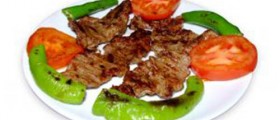



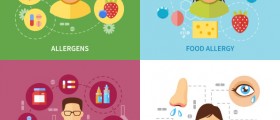





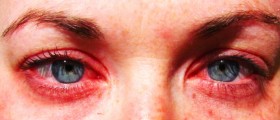

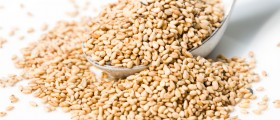

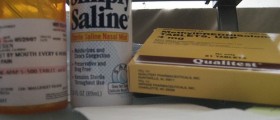






Your thoughts on this
Loading...